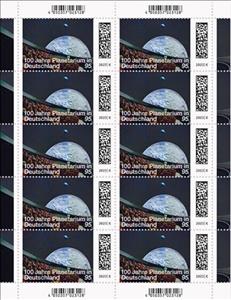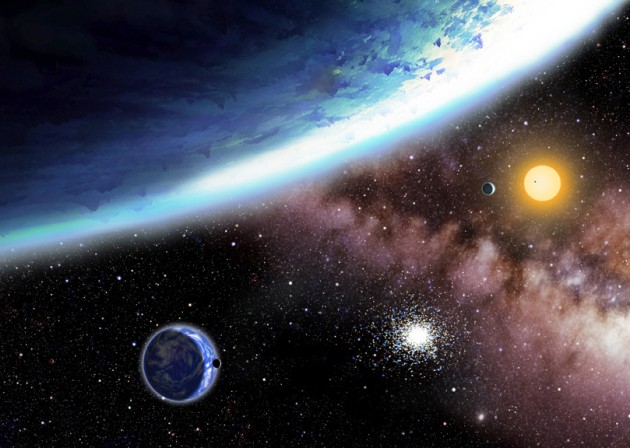Full Pane: Zeiss Mark 1 Planetarium, Munich, Centenary (Germany, Federal Republic 2023)
Zeiss Mark 1 Planetarium, Munich, Centenary (Germany, Federal Republic 2023)
05 October (Germany, Federal Republic ) within release Zeiss Mark 1 Planetarium, Munich, Centenary goes into circulation Full Pane Zeiss Mark 1 Planetarium, Munich, Centenary face value 10*95 Euro cent
| Full Pane Zeiss Mark 1 Planetarium, Munich, Centenary in catalogues | |
|---|---|
| Michel: | Mi: DE 3789KB |
Full Pane is vertical format.
Also in the issue Zeiss Mark 1 Planetarium, Munich, Centenary:
- Stamp - Zeiss Mark 1 Planetarium, Munich, Centenary face value 95;
- Full Pane - Zeiss Mark 1 Planetarium, Munich, Centenary face value 10*95;
Full Pane Zeiss Mark 1 Planetarium, Munich, Centenary it reflects the thematic directions:
Astronomy is a natural science that studies celestial objects and the phenomena that occur in the cosmos. It uses mathematics, physics, and chemistry in order to explain their origin and their overall evolution. Objects of interest include planets, moons, stars, nebulae, galaxies, meteoroids, asteroids, and comets. Relevant phenomena include supernova explosions, gamma ray bursts, quasars, blazars, pulsars, and cosmic microwave background radiation. More generally, astronomy studies everything that originates beyond Earth's atmosphere. Cosmology is a branch of astronomy that studies the universe as a whole. .
The Moon is Earth's only natural satellite. It orbits at an average distance of 384,400 km (238,900 mi), about 30 times the diameter of Earth. Tidal forces between Earth and the Moon have over time synchronized the Moon's orbital period (lunar month) with its rotation period (lunar day) at 29.5 Earth days, causing the same side of the Moon to always face Earth. The Moon's gravitational pull – and to a lesser extent, the Sun's – are the main drivers of Earth's tides.
An observatory is a location used for observing terrestrial, marine, or celestial events. Astronomy, climatology/meteorology, geophysics, oceanography and volcanology are examples of disciplines for which observatories have been constructed



